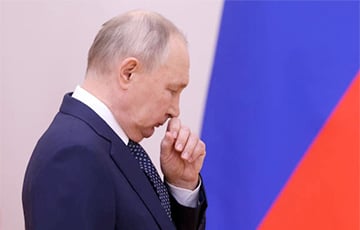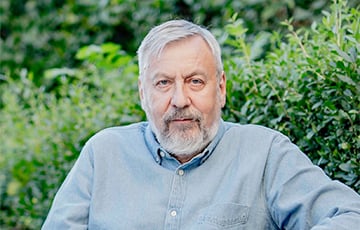Putin Takes Himself Hostage
- 10.01.2024, 12:41
- 7,512

The equilibrium in the Kremlin has been disrupted.
Just over a week ago, Russian President Vladimir Putin once again delivered his annual New Year's address, emphasizing the supposed “family” solidarity of the Russian nation. There have already been suggestions that Putin in this address was generated by artificial intelligence, and is nothing more than a construct conveying the message of the political regime for the coming year. Of course, these are just assumptions.
But speculations often point to more fundamental truths. And in this case, the truth is the condensation of Vyacheslav Volodin’s statement “there is Putin — there is Russia, no Putin — no Russia” on Valdai. Putin in his physical form represents Russia, and in a sense, the will of Russia is the will of Putin.
The Great Balancer
The path to unconditional faith in this truth developed quite naturally, since for more than two decades the Russian president acted as the great balancer. He restrained Russia from returning to the chaos and imaginary degradation of the “terrible” 90s, suppressing the interests of selfish third parties. In his first two presidential terms, he punished presumptuous oligarchs, imprisoning those who, like Khodorkovsky, refused to play by the new rules of the game.
This continued during the “cultural turn” that began in 2012. At that time, oligarchs aligned with the regime and representatives of the security forces received rewards for loyalty to the system and support of new discourses. They were counterbalanced by more cautious economic liberals who insisted on at least a stable macroeconomic agreement with the Western powers. Despite the fact that after the annexation of the Crimea and the outbreak of the war in the Donbas in 2014, this scheme was somewhat shaken, in general it was maintained until the declaration of the so-called special military operation in 2022.
The beginning of this so-called special military operation was a turning point in Putin’s seizure of the entire system of power — no other factions of power were able to influence those who made the decision to invade Ukraine. And after the start of a full-scale war, when the smoke of the first “Kinzhals” cleared, only one significant faction remained — the security forces. There are no longer factions left that could outweigh the dictatorship, and thus Putin's image has become not only the public face of this system, but also its hostage, because he ensures the legitimation of the system in its own eyes.
Praetorian Consensus
Political will now comes from the very forces that Putin previously balanced. When it comes to war, this is evident in his justifications and attempts to minimize strategic and operational mistakes in the work of the Department of Defense. Sergei Shoigu and Valery Gerasimov safely occupy their posts, without being subjected to any scrutiny for the hundreds of thousands of deaths caused by their unprofessionalism. None of them suffered the public humiliation of Sergei Naryshkin during a direct dialogue with Putin in February 2022, although the scale of their mistakes was much more damaging.
Within the government, this was manifested in the ideological expansion of the powers of Nikolai Patrushev and others like him, as well as in the transfer of assets of the Wagner PMC to the Russian Guard under the leadership of Viktor Zolotov after Prigozhin’s attempted rebellion. Even the right-wing nationalist opposition, which could potentially challenge this agreement (Evgeny Prigozhin and Igor Strelkov), is either rotting in the ground or in prison.
So, after nearly two years of war, these trends continue, and despite tensions between the Department of Defense and Internal Security, this praetorian consensus will remain in place. And the militarists, both external and internal, have no incentive either to end the war or to stop the general belligerence that has engulfed Russia. However, it is here that we return to our initial reasoning: if Putin is just a construct, or the face of the Russian state will, then the question naturally arises about the future of such a state.
The fact that we would even have the idea that the image of the president of a nuclear power could be digitally created suggests that the public face is not really significant. Politicians would do well not to put at the center of their plans a decision maker who is no longer capable of making decisions.
George Spencer Terry, Postimees










